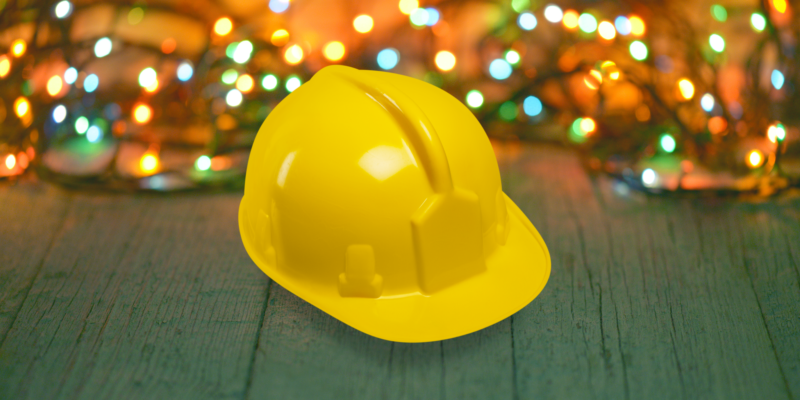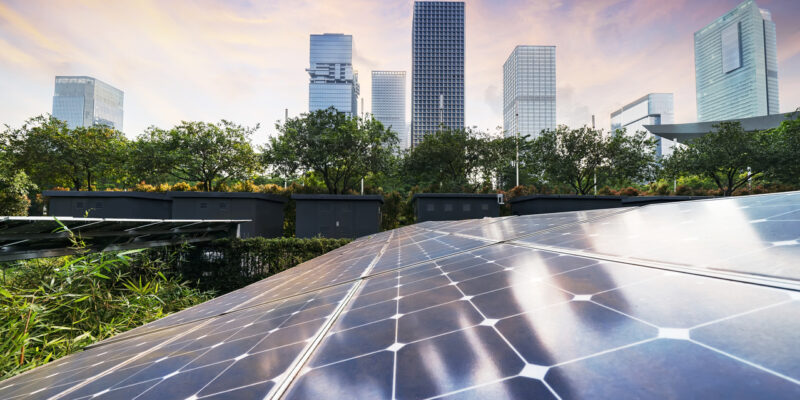Did you know that more than 250 pieces of heavy equipment are stolen each week in the United States? That number increases during December and January, when job sites are empty due to holidays and weather delays.
Of that stolen equipment, less than 20% is ever recovered, costing business owners anywhere from $300 million to $1 billion every year. The good news? There are lots of ways to protect your equipment from thieves, saving you money and keeping your holidays merry and bright!
Be on the De-FENCE-ive
Good fences make good neighbors…and are the first defense when it comes to stopping thieves. Make sure your fences go completely around the full perimeter of the jobsite, and that they’re at least 8’ tall.
Walk the fence often and keep an eye out for tampering like cut chain links or stacked items that make it easier to get up and over. You can also install heavy duty safety bollards at gates, which make it harder for potential thieves to drive off the property with large equipment.
Be Tech Savvy
High-tech safety devices are now more attainable than ever. Whether it’s new and improved LED lighting to brighten your jobsite at night, tamper-proof security cameras, or GPS tracking devices on your equipment, there are a wide variety of products available at several different price points to keep your equipment safe.
Some newer machines have built in anti-theft technology that require an operator to put in an individual pin to start the machine. If a thief tampers with the system, the machine will automatically send you an alert. If possible, hire a security consultant to figure out which technology would work best for you. It may be an extra cost up front, but if it keeps your equipment safe, it’ll pay for itself over time.
Make Sure It Works
You can have the best security technology in the world, but it won’t do you any good if it isn’t working properly. Test alarms regularly to make sure they are still in working order. Make sure cameras can capture faces, license plates, and identifying features both during the day and in the dark. Potential thieves will often test your responsiveness by causing false alarms, so keep a close eye on your worksite for unknown vehicles or people who might be casing the property. If someone does look suspicious, report it to local authorities.
Store Equipment Safely
Light, easy-to-move equipment is often a top target for thieves, so make sure your lighter equipment is under cover or inside when left for the night, weekend, or holiday. Never leave equipment trailered, and make sure all trailers are properly secured so they can’t be used to steal equipment. AIf possible, make sure trailers and large equipment are parked far enough apart that they don’t block camera views and provide accidental coverage for criminals.
Maintain Your Inventory
It’s easy to put off, but keeping record of the serial numbers, PINs, manufacturer, and year of every piece of equipment is incredibly helpful should it ever be stolen. An easy way to do this is to take photos of the machines and their serial numbers/PINs, where they are stored, and (if present) your logo, and then store those pictures virtually on the cloud. Your insurance will need all this info when filing for theft.
Another option? Rent equipment from Steadfast, LLC! This saves you from the hassle of dealing with storage, theft prevention and insurance. Contact us today to explore our reliable, modern equipment options.










